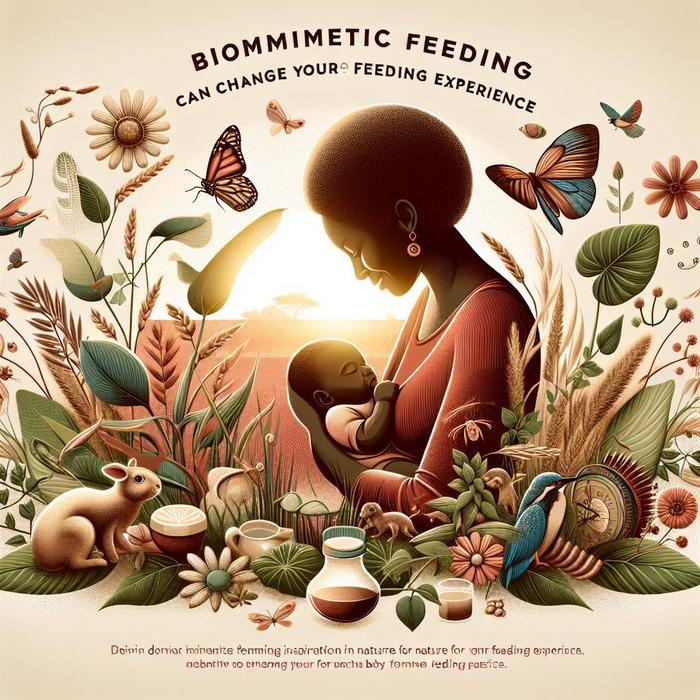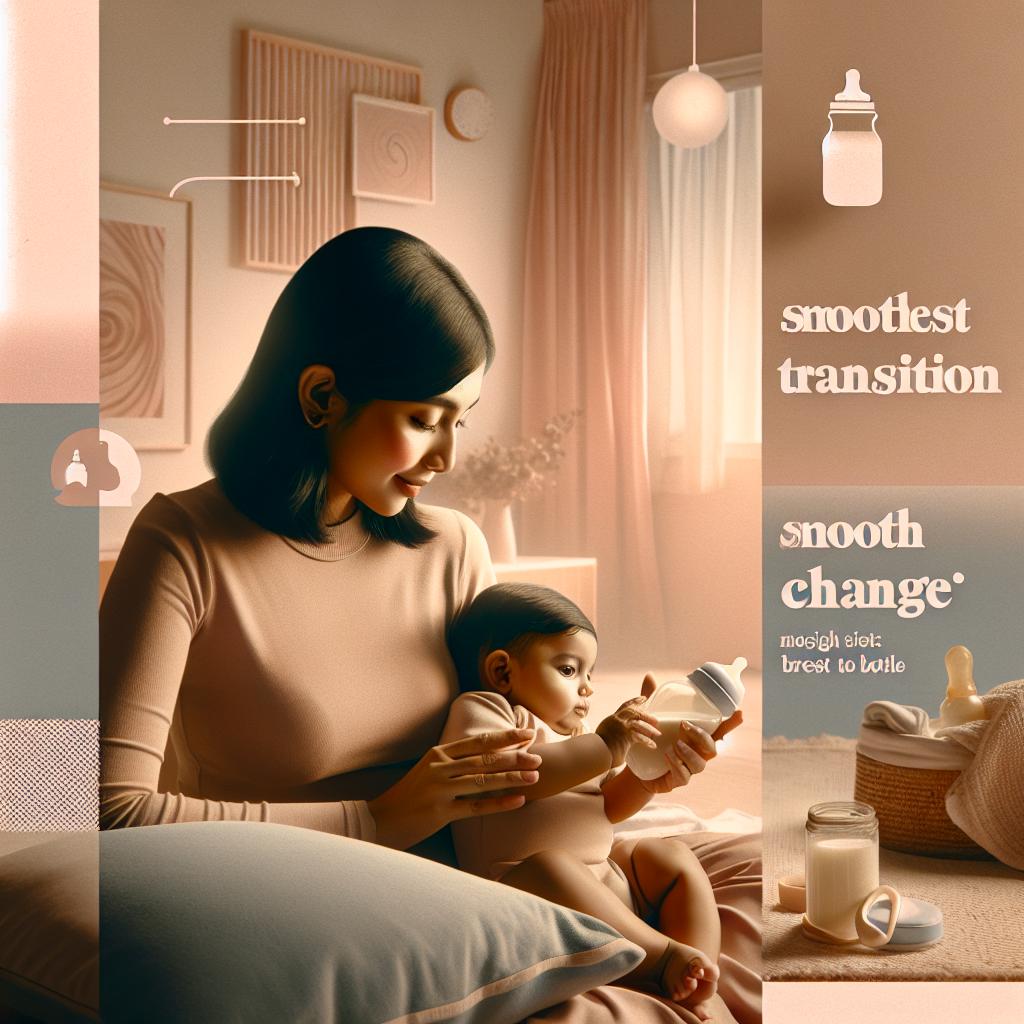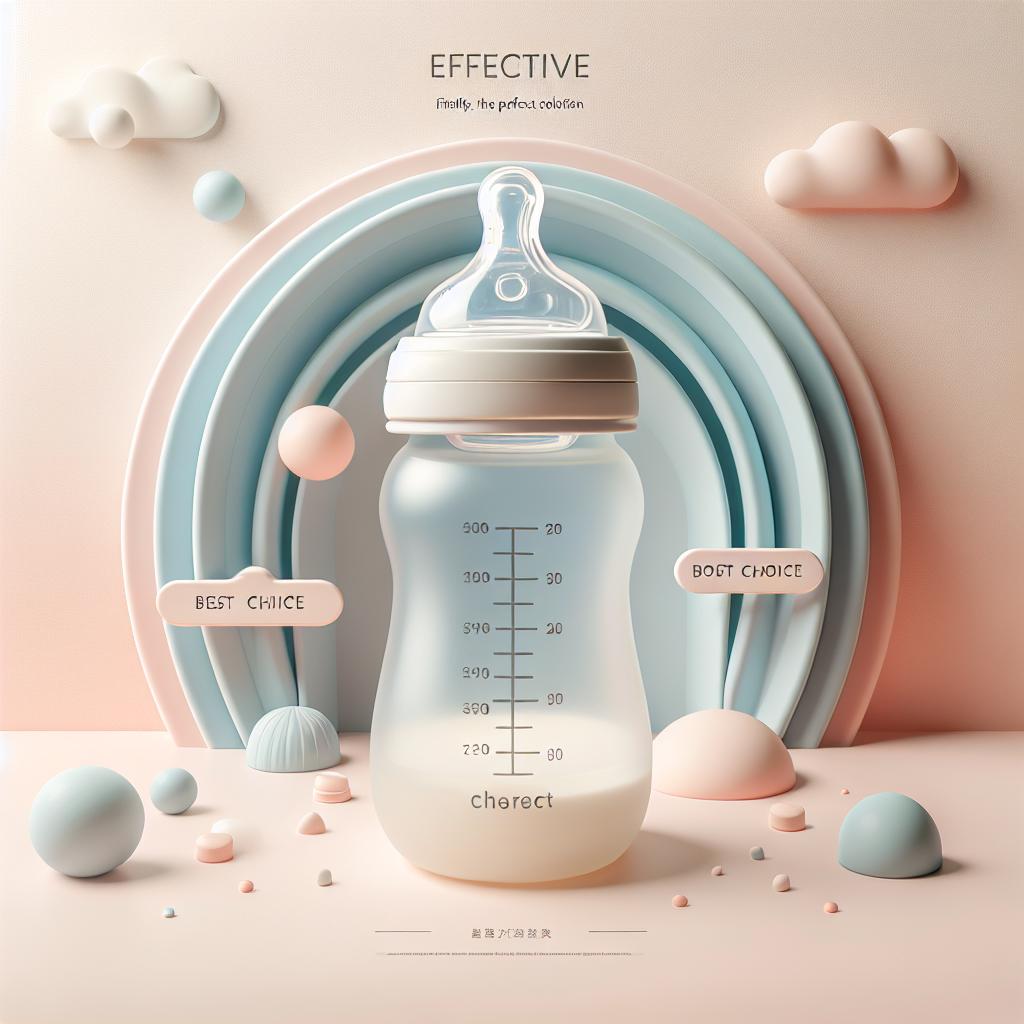Unlocking the Power of Biomimetic Feeding
Feeding is a key part of nurturing a baby, yet it can sometimes prove to be a complicated experience. With a plethora of feeding options available, how do you determine which one offers the most benefits to your little one? The answer might be more natural than you think. Today, we’re delving deep into the concept of biomimetic feeding and how it can transform your baby’s feeding experience.
Understanding Biomimetic Feeding
Spearheaded by recent scientific advancements, biomimetic feeding is a revolutionary approach that strives to mimic the natural physiological mechanisms of breastfeeding. By mimicking this process, the baby’s body can better accept and utilize nutrients, resulting in an optimized feeding experience for both baby and parent.
But, how does this compare to other feeding options? Here’s an insightful comparison of breastfeeding and biomimetic feeding that might help answer that question.
The Benefits of Biomimetic Feeding
While breastfeeding is the most natural form of baby feeding, it may not always be the most viable option for every parent. This is where biomimetic feeding steps in, providing a multitude of benefits:
- Optimized nutrient absorption: This feeding method allows babies to naturally control the amount of milk they consume, resulting in better nutrient absorption and digestion.
- Natural feeding patterns: Biomimetic bottles are designed to mimic the breast, creating a natural feeding rhythm that supports the baby’s development.
- Reduced colic and gas: The unique design of biomimetic bottles can help reduce the risk of gas, colic, and reflux in babies.
- Easier transition: For babies who transition between breast and bottle, biomimetic feeding can make the process smoother and less stressful.
These are just a few of the numerous biomimetic feeding benefits that can transform your child’s feeding experience. For more information about the benefits of biomimetic feeding, check our comprehensive guide.
Biomimetic Feeding in Practice
So, you’re sold on the benefits. Now, how do you practically implement biomimetic feeding? There’s no need to feel overwhelmed. We’ve got some handy tips to get you started:
- Equip yourself: Invest in biomimetic feeding bottles, which are designed to mimic the natural breastfeeding experience. Remember to add this to your diaper bag essentials.
- Appropriate positioning: Holding your baby in the right position can make a vast difference. Try to recreate the position your baby would naturally take if breastfeeding.
- Be patient: As with any new skill, it may take time for both you and your baby to adapt to the new feeding routine.
As you venture into this new phase of parenthood, remember that it’s okay to seek help. There are numerous support groups that can provide guidance and reassurance throughout your journey.
Biomimetic feeding is indeed changing the baby feeding narrative, making it more natural, beneficial, and enjoyable. As you explore this path, remember that every baby is unique. What works best for one might not be the same for another. However, the consistent goal remains – creating the best feeding experience for your bundle of joy.
Further Reading and Research
If you’ve found this information helpful and want to delve deeper into the science of biomimetic feeding, here are a couple of resources worth checking out:
- This research paper dives into the physiological benefits of biomimetic feeding.
- Natural Dentist Associates provides a unique perspective on biomimetic principles in the field of dentistry, demonstrating the extensive reach and potential of biomimetic technology.
Remember to always consult with your healthcare provider before making any significant changes to your baby’s feeding routines. Happy feeding!
Biomimetic Feeding and Long-term Health
A remarkable aspect of biomimetic feeding lies in its ability to positively affect your child’s health in the long term. This approach provides more than just short-term feeding benefits. Incorporating biomimetic feeding can pave the way for the development of healthier digestive processes, better feeding habits, and eventually, a lifetime of healthful eating habits.
The Science Behind Biomimetic Feeding
Through biomimetics, it’s possible to recreate and reflect the intricate systems found in nature. Using this concept in feeding, a more substantial and robust strategy in infants’ feeding routines can be established – a tactic that ‘mimics’ the scalability, efficiency, and resilience of natural systems. The science behind biomimetic feeding is robust and fascinating, backed by pioneering research into the impact of bio-imitation in nutrition. Some essential studies and findings are listed below:
- The impact of biomimetic delivery systems on nutrient absorption has seen insightful exploration in many recent studies. This research supports the introduction of forms of biomimetics into feeding routines, giving parents greater control and flexibility in providing optimal nutrition.
- Scientific exploration of naturally inspired, organically structured feeding methods can shed light on how they might have a significant influence on the physiology and digestion of infants.
- Another study from the Computational and Experimental Fluid Dynamics Laboratory at Northern Arizona University explores the Mathematical Modelling of Biomimetic Fluid-Structure Interactions. The focus on milk velocity and pressure signals its potential application in biomimetic feeding.
Biomimetic Feeding: Embracing the Future
As we progress further into the 21st century, the application of biomimetics across multiple disciplines, from architecture to medical technology and, indeed, infant feeding, is becoming increasingly prevalent. The scientific community is continually offering new ways to apply the principles of biomimetics, improving our ability to mimic nature’s perfection through design. This progression has huge implications for infant feeding methods and the potential to support infant health by creating a more natural feeding environment.
Customization of Biomimetic Feeding
It’s crucial to keep in mind that each child is unique and requires a bespoke approach to their care and nurturing. By using the principles of biomimetic feeding and leveraging the technology available, parents can tailor their approach, meeting their child’s specific needs and contributing to the development of a healthy and happy baby.
Perhaps, you’ve heard of biomimetic dentistry? It’s an excellent example of the wide-ranging applications of biomimetics beyond feeding. This dental principle aims to preserve teeth as much as possible, using restorative techniques that mimic the way your natural teeth work. The field demonstrates the adaptability and potential of biomimetic principles—making them a viable alternative, not just in feeding, but across numerous aspects of health and wellness.
A Parting Note
Adopting a biomimetic approach to feeding offers more than immediate nutrition benefits; it creates a solid foundation for developing a healthy relationship with food, ultimately leading to lifelong benefits for your child. So, as you commence this newfound path or continue to journey on it, let nature guide you. And remember: baby feeding, just like parenting, is not a perfect science, but a journey filled with learning and adaptation. As always, the overall well-being of your child remains paramount.







